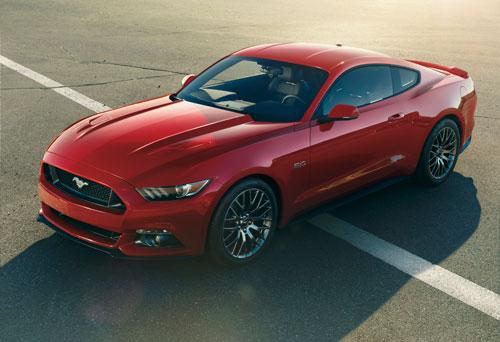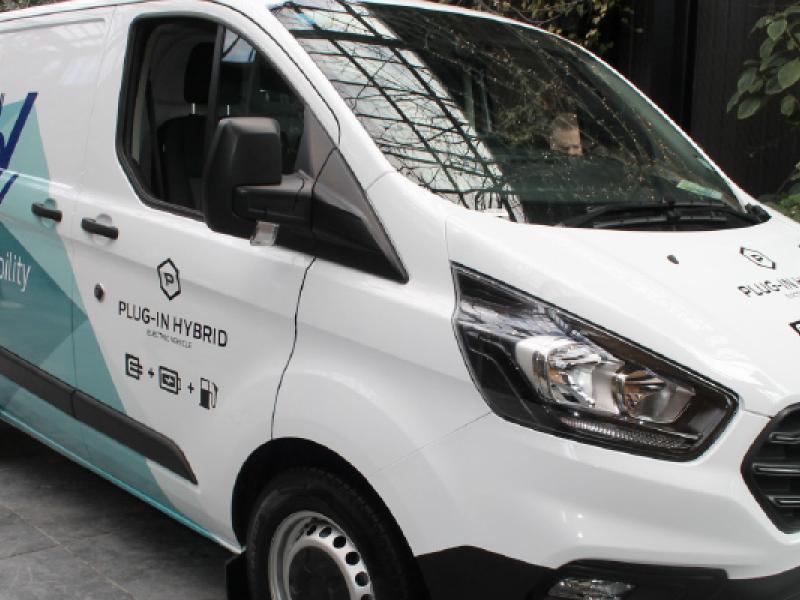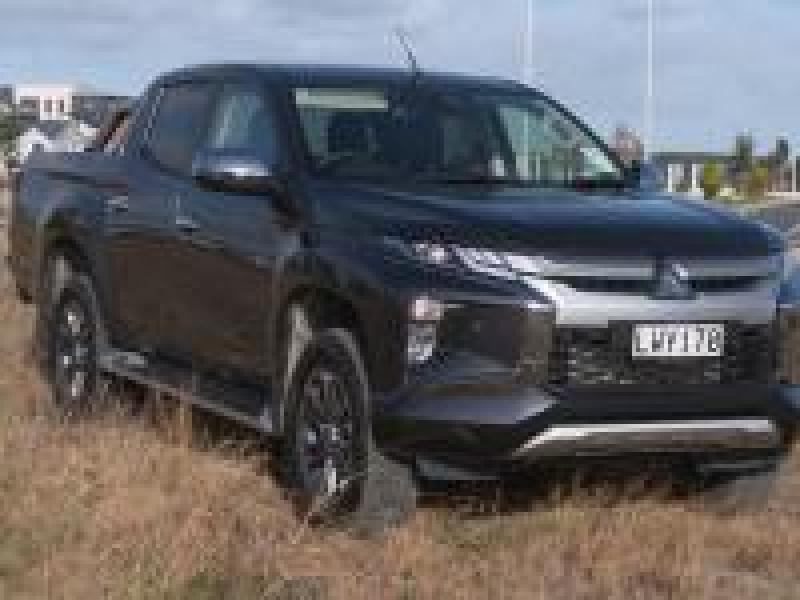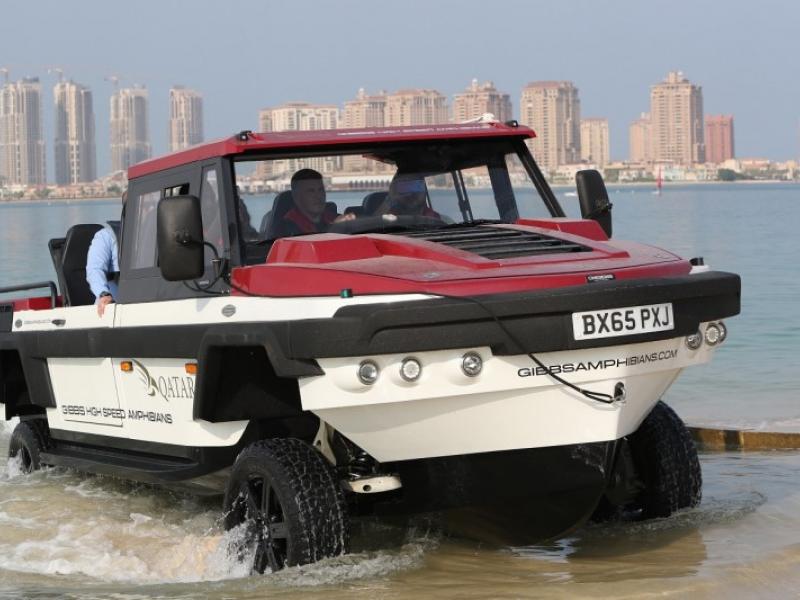Ford recently revealed the new Mustang around the globe well ahead of its official debut in April 2014. New Zealand buyers can expect to see factory built right-hand drive production vehicles by the end of 2015.
The global Mustang will have an independent rear suspension, and New Zealand will follow Australia in terms of engine choice and an allied specification. Mustang buyers will have the option of a 5-litre V8 (GT) or an EcoBoost 2.3-litre four-cylinder direct injection turbo-charged engine.
The Mustang fastback and convertible retain the classic elements of a long sculpted hood and short rear deck but the 2014 model has a lower, wider stance with a reduction in roof height, and a wider rear body and track.
A more steeply sloped windshield and rear glass adds sleekness to the fastback variant, while all models have three-dimensional, tri-bar tail lamps with sequential turn signals with a contemporary version of the signature shark-nose front fascia and trapezoidal grille.
The added width and a new rear suspension contribute to improved shoulder and hip room for passengers, and a more usefully shaped trunk can accommodate two golf bags according to Ford.
For the faithful, the GT models continues with the latest edition of the 5.0-litre V8, now featuring an upgraded valve train and cylinder heads that yield more than 313kW and 529Nm. of torque (US spec). A new intake manifold improves low-speed breathing for better fuel economy, idle stability and emissions.
The four-cylinder 2.3-litre Mustang EcoBoost engine uses direct injection, variable cam timing and turbocharging to deliver performance and fuel efficiency. A unique intake manifold and turbocharger housing enable it to deliver output projected at more than 227kW and 407Nm of torque (US spec) says Ford.
A reworked automatic transmission features new steering wheel-mounted shift paddles for drivers who want the choice between convenience and control.
The 2014 Mustang features all-new front and rear suspension systems. At the front, a new perimeter sub frame helps to stiffen the structure while reducing mass, providing a better foundation for more predictable wheel control that benefits handling, steering and ride.
A new double-ball-joint front MacPherson strut system also enables the use of larger, more powerful brakes.
At the rear is an all-new integral-link independent rear suspension. The geometry, springs, dampers and bushings all have been specifically modified and tuned for this car. New aluminium rear knuckles help reduce unsprung mass for improved ride and handling.
Drivers can tap the toggle switches on the console to quickly adjust steering effort, engine response, and transmission and electronic stability control settings using the available Selectable Drive Modes.
The Ford-developed stability control system is tuned to maximise the Mustang’s dynamic capabilities with features such as torque vectoring that directs engine power to individual wheels to help keep the car on course.






